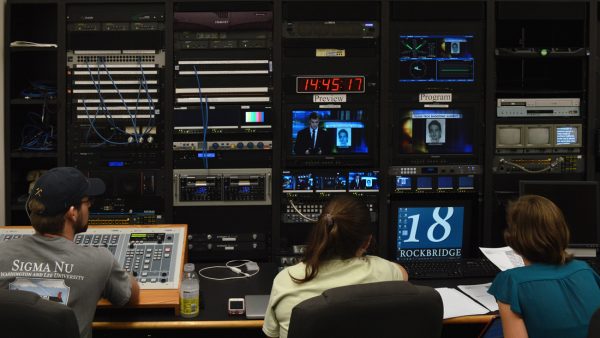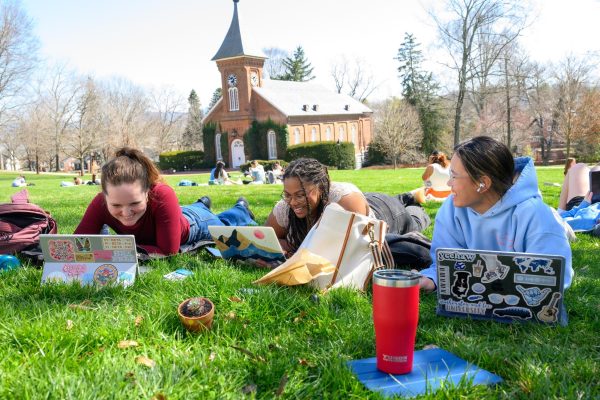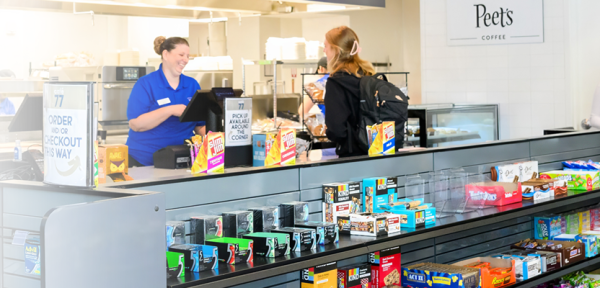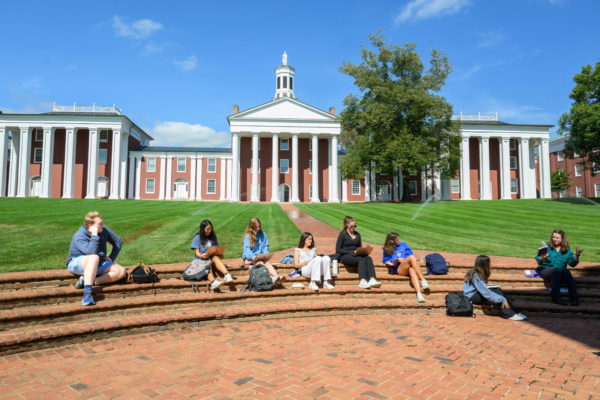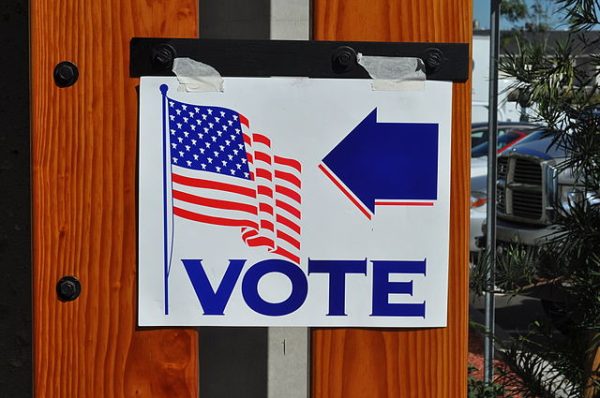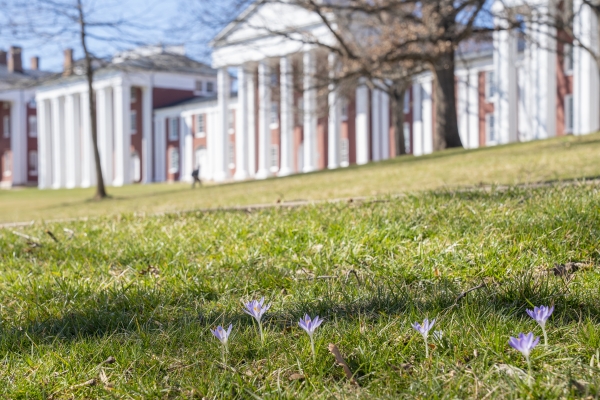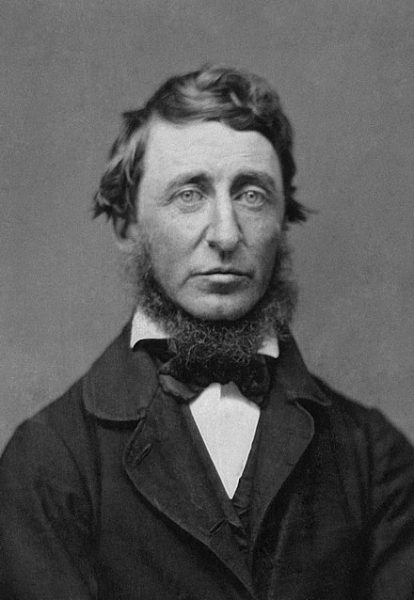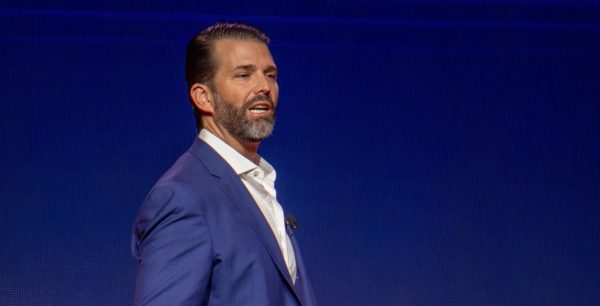Global warming is killing waterfowl
Tyler Palicia shares his take on the relationship between climate change and duck hunting
January 28, 2020
In the six winters I’ve spent duck hunting on the Potomac River, I’ve found that the most fruitful days are those when the temperature plummets so far below freezing that water droplets harden into diaphanous crystals on the aluminum bow of my dad’s old johnboat. By the same token, the best seasons occur when winters are particularly harsh, which keeps the ducks moving in search of food.
The 10 warmest years on record have occurred since 1998, according to the National Oceanic and Atmospheric Administration. As the climate gets warmer, waterfowl populations could be permanently affected.
Scientists aren’t sure yet certain how and to what specific degree climate change will affect waterfowl species and their migration habits. But general predictions can be made. The following information mainly pertains to populations that inhabit the East Coast of North America.
The Potomac River — where I hunt — is in the Atlantic Flyway, the easternmost waterfowl breeding ground in the Western Hemisphere. It stretches from the Arctic tundra of the Baffin Islands to the Caribbean and the 3,000-mile span includes Virginia. The nonprofit organization Ducks Unlimited and its partners protect 5,000 acres of this territory. However, the allocations of land will not change the fact that unseasonable warmth is expected to threaten nesting ducks, particularly black ducks and wood ducks. An increase in flooding would damage wetland habitats because brackish marshes would increase in salinity.
The issue of altered wetlands will possibly be the greatest threat to wa- terfowl in the 21st century. While ducks are adaptable and mobile, the destruction of large tracts of shallow wetland habitats could drastically limit their nesting opportunities, feeding habits and breeding habits along the East Coast. Artificial devel- opment adds to the issue by further destroying viable wetlands.
Waterfowl populations could be indirectly affected by global warming if their food supply becomes scarce. An increase in temperature will adversely affect sea-grass beds, depriving canvasbacks, black ducks and other species of waterfowl of necessary sustenance to fuel their coastal migrations.
In North America, Atlantic Flyway birds generally migrate through the Eastern Great Lakes and New England to spend the winter in mid-Atlantic coastal zones, such as the Chesapeake Bay. It is common for these migratory flocks to end up as far south as Mexico. As northern temperatures increase, the journey could become unnecessary. A lack of frozen wetland areas in the north would limit the need for a southern migration in search of ice-free feeding areas. These changes are expected to affect the trophic levels as well as the genetic diversity of nearly all waterfowl species.
The USDA Forest Service predicts that by the end of the century, global warming’s effects on seasonal temperatures and precipitation will factor into a drastic northward shift in the breeding range of mallards and blue winged teal along the East Coast. Conservationists and government officials may be forced to reevaluate how hunting seasons are scheduled.
So, other than setting aside protected land, what is being done to avert or even soften the effects of this crisis? The Environmental Protection Agency’s Global Change Research Program wrote a report in 2007 outlining preventative measures that can be taken to preserve waterfowl habitats. These steps include: planting vegetation in riparian areas to lower the water temperature; recognizing maladaptive practices, e.g., mowing wetland grasses and reducing peat content; detecting, containing and eradicating invasive species; man- aging for open space or ecosystem services rather than for species; and the identification and monitoring of climate sensitive species.
Hunters are also contributing to the solution. Hunting acts as a valu- able conservation asset because it is a multi-billion-dollar business that incentivizes the protection of waterfowl populations. The Pittman-Robertson Act — an excise tax on firearms and ammunition that provides each state with funds to protect its wildlife — has raised $14 billion for conservation since 1937. Hunting organizations are highly proactive in addressing this challenge (i.e., Ducks Unlimited, which contributed 83 percent of its revenue toward conservation efforts in 2018).
Hunters are not naïve to the massive threat of global warming. As a general group, they have a long tradition of promoting climate protection. Even in 2006 — before global warming became the forefront issue that it is today — the National Wildlife Federation commissioned a nationwide, nonpartisan survey that found that 85 percent of sportsmen (people who purchased hunting and fishing licenses) agreed that we have a “moral responsibility to confront global warming to protect our children’s future.”
When I sit in my duck blind in the early morning with a Remington 12 gauge and wait for the sun to rise and glisten across the ice-crusted water, I often think back to the early watermen who hunted the Potomac and its tributaries during the turn of the 20th century. Those men, some of whom were my ancestors, marked their legacy by recklessly depleting the Chesapeake Bay waterfowl supply with punt guns. Before I can allow the thought to properly marinate in my mind, I see a raft of thousands of blue-billed, canvasback and bufflehead ducks lift off the water and blot out the bright orange flare of the rising sun.
My concern for the climate is comforted by the understanding that if people, in all our flagrant greed and ignorance, hunted the plentiful stock of waterfowl to endangerment over a hundred years ago but realized the error of his ways in time to create the first conservation efforts, then surely our present society can employ the technological advances and ecological lessons of the previous century to solve the epic problem of global warming. The solution, if we find it, will mark our greatest innovative conquest of the 21st century. The challenge will once again elicit our stewardship over the waterfowl population.



